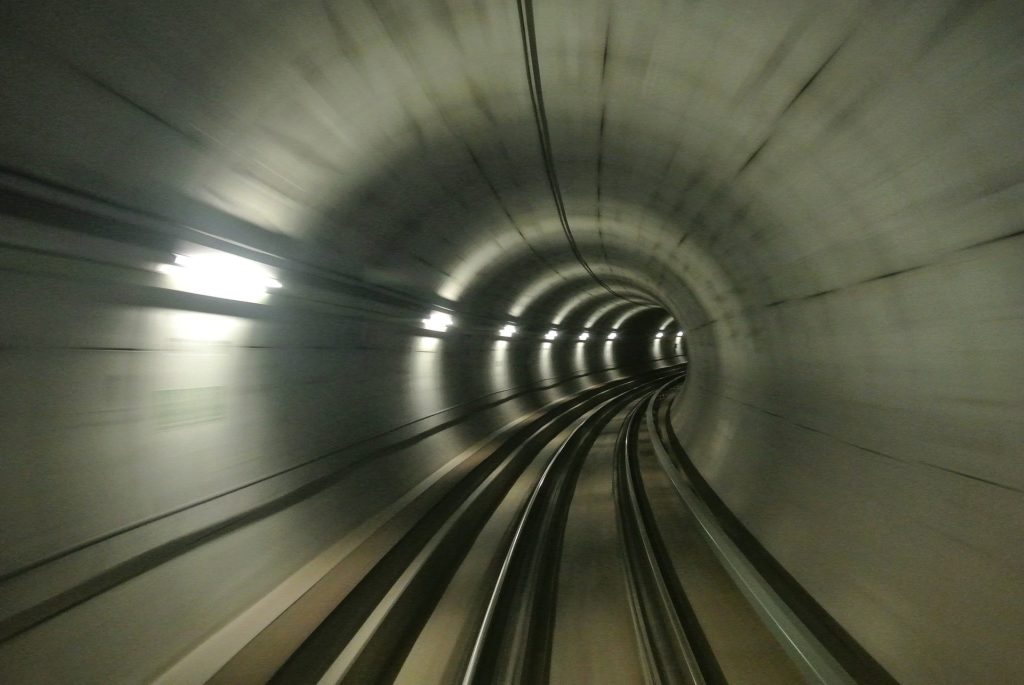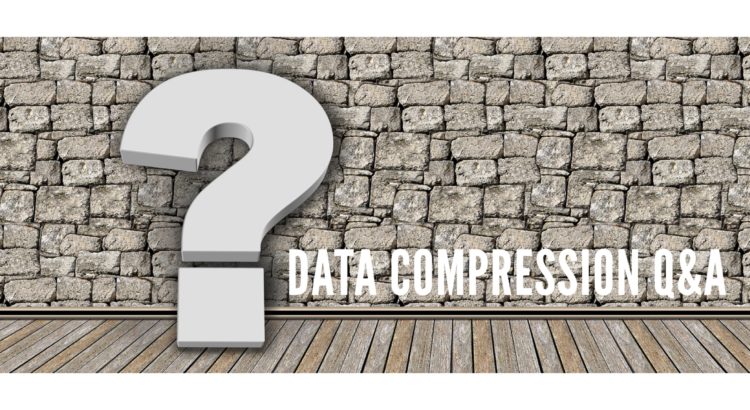Last month, Bill Martin, SNIA Technical Council Co-Chair, presented a detailed update on what’s happening in the development and deployment of the NVMe Key-Value standard. Bill explained where Key Value fits within an architecture, why it’s important, and the standards work that is being done between NVM Express and SNIA. The webcast was one of our highest rated. If you missed it, it’s available
on-demand along with the webcast slides. Attendees at the live event had many great questions, which Bill Martin has answered here:
Q. Two of the most common
KV storage mechanisms in use today are AWS S3 and RocksDB. How does NVMe KV
standards align or differ from them? How difficult would it be to map between
the APIs and semantics of those other technologies to NVMe KV devices?
A. KV
Storage is intended as a storage layer that would support these and other
object storage mechanisms. There is a publicly available KVRocks: RocksDB
compatible key value store and MyRocks compatible storage engine designed for
KV SSDs at
GitHub. There is also a
Ceph Object storage design available. These are example implementations that can
help an implementer get to an efficient use of NVMe KV storage.
Q. At
which layer will my app stack need to change to take advantage of KV
storage? Will VMware or Linux or Windows
need to change at the driver level? Or
do the apps need to be changed to treat data differently? If the apps don’t need to change doesn’t this
then just take the data layout tables and move them up the stack in to the
server? Read More
 There is a new wave of cognitive services based on video and image analytics, leveraging the latest in machine learning and deep learning. In a recent SNIA Cloud Storage Technologies Initiative (CSTI) webcast “How Video Analytics is Changing the Way We Store Video,” we looked at some of the benefits and factors driving this adoption, as well as explored compelling projects and required components for a successful video-based cognitive service. This included some great work being done in the open source community.
In the course of the presentation, there were several discussion points and questions that arose. Our SNIA presenters, Glyn Bowden from HPE and Kevin Cone from Intel provide the answers. Read More
There is a new wave of cognitive services based on video and image analytics, leveraging the latest in machine learning and deep learning. In a recent SNIA Cloud Storage Technologies Initiative (CSTI) webcast “How Video Analytics is Changing the Way We Store Video,” we looked at some of the benefits and factors driving this adoption, as well as explored compelling projects and required components for a successful video-based cognitive service. This included some great work being done in the open source community.
In the course of the presentation, there were several discussion points and questions that arose. Our SNIA presenters, Glyn Bowden from HPE and Kevin Cone from Intel provide the answers. Read More
 There is a new wave of cognitive services based on video and image analytics, leveraging the latest in machine learning and deep learning. In a recent SNIA Cloud Storage Technologies Initiative (CSTI) webcast “How Video Analytics is Changing the Way We Store Video,” we looked at some of the benefits and factors driving this adoption, as well as explored compelling projects and required components for a successful video-based cognitive service. This included some great work being done in the open source community.
In the course of the presentation, there were several discussion points and questions that arose. Our SNIA presenters, Glyn Bowden from HPE and Kevin Cone from Intel provide the answers. Read More
There is a new wave of cognitive services based on video and image analytics, leveraging the latest in machine learning and deep learning. In a recent SNIA Cloud Storage Technologies Initiative (CSTI) webcast “How Video Analytics is Changing the Way We Store Video,” we looked at some of the benefits and factors driving this adoption, as well as explored compelling projects and required components for a successful video-based cognitive service. This included some great work being done in the open source community.
In the course of the presentation, there were several discussion points and questions that arose. Our SNIA presenters, Glyn Bowden from HPE and Kevin Cone from Intel provide the answers. Read More
 Data in transit provides a large attack surface for bad actors. Keeping data secure from threats and compromise while it’s being transmitted was the topic at our live
Data in transit provides a large attack surface for bad actors. Keeping data secure from threats and compromise while it’s being transmitted was the topic at our live 
 Internet of Payments (IoP) enables payment processing over many kinds of IoT devices and has also led to the emergence of the micro-transaction. It’s an area of rapid growth.
Recently, the
Internet of Payments (IoP) enables payment processing over many kinds of IoT devices and has also led to the emergence of the micro-transaction. It’s an area of rapid growth.
Recently, the 

 ), also known as the ISO/IEC 17826 International Standard, is intended for application developers who are implementing or using cloud storage systems, and who are developing applications to manage and consume cloud storage. It specifies how to access cloud storage namespaces and how to interoperably manage the data stored in these namespaces. Standardizing the metadata that expresses the requirements for the data, leads to multiple clouds from different vendors treating your data the same.
), also known as the ISO/IEC 17826 International Standard, is intended for application developers who are implementing or using cloud storage systems, and who are developing applications to manage and consume cloud storage. It specifies how to access cloud storage namespaces and how to interoperably manage the data stored in these namespaces. Standardizing the metadata that expresses the requirements for the data, leads to multiple clouds from different vendors treating your data the same. 


 SNIA’s Technical Council is one of the crown jewels of the organization. Made up of a group of acknowledged storage experts, the Technical Council oversees and manages SNIA Technical Work Groups, reviews architectures submitted by work groups, and is SNIA’s technical liaison to standards organizations.
One of the Council’s superpowers is its ISO JTC-1 designation as an ARO and a PAS submitter. What does that actually mean? It’s a very big deal!
SNIA is only one of 13 organizations worldwide that have the PAS submission capability, putting it in exclusive company. The list includes:
SNIA’s Technical Council is one of the crown jewels of the organization. Made up of a group of acknowledged storage experts, the Technical Council oversees and manages SNIA Technical Work Groups, reviews architectures submitted by work groups, and is SNIA’s technical liaison to standards organizations.
One of the Council’s superpowers is its ISO JTC-1 designation as an ARO and a PAS submitter. What does that actually mean? It’s a very big deal!
SNIA is only one of 13 organizations worldwide that have the PAS submission capability, putting it in exclusive company. The list includes: 